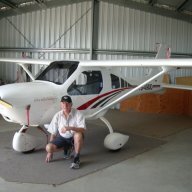-
Posts
1,067 -
Joined
-
Last visited
-
Days Won
4

biggles replied to ave8rr's topic in Aircraft Incidents and Accidents

biggles replied to Phil Perry1's topic in AUS/NZ General Discussion

biggles replied to ave8rr's topic in Aircraft Incidents and Accidents

biggles replied to ave8rr's topic in Aircraft Incidents and Accidents

biggles replied to ave8rr's topic in Aircraft Incidents and Accidents

biggles replied to Phil Perry1's topic in AUS/NZ General Discussion

biggles replied to ave8rr's topic in Aircraft Incidents and Accidents

biggles replied to ave8rr's topic in Aircraft Incidents and Accidents

biggles replied to ave8rr's topic in Aircraft Incidents and Accidents

biggles replied to Keith Page's topic in AUS/NZ General Discussion

biggles replied to Rotorwork's topic in Aircraft Incidents and Accidents

biggles replied to Phil Perry1's topic in AUS/NZ General Discussion

biggles replied to Rotorwork's topic in Aircraft Incidents and Accidents

biggles replied to Rotorwork's topic in Aircraft Incidents and Accidents

biggles replied to Rotorwork's topic in Aircraft Incidents and Accidents

biggles replied to Keith Page's topic in AUS/NZ General Discussion

biggles replied to Keith Page's topic in AUS/NZ General Discussion

biggles replied to TAA up-into-the-air's topic in Aircraft Incidents and Accidents

biggles replied to red750's topic in Aircraft Incidents and Accidents

